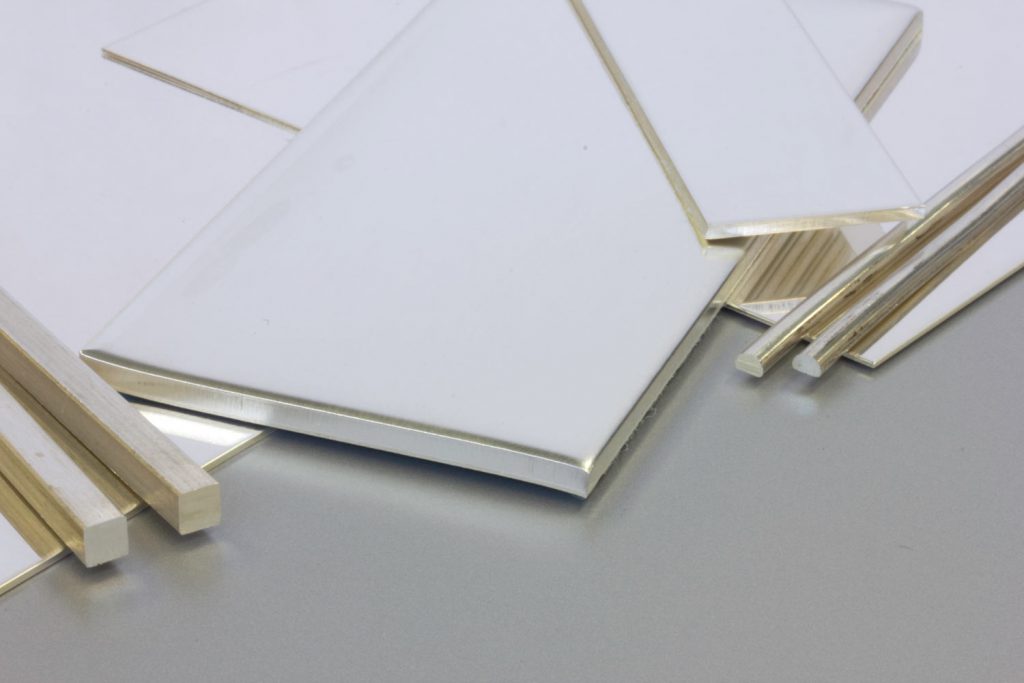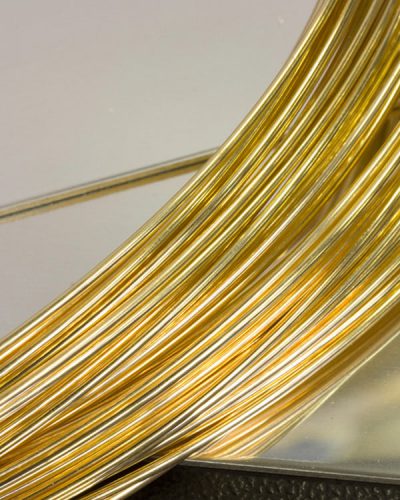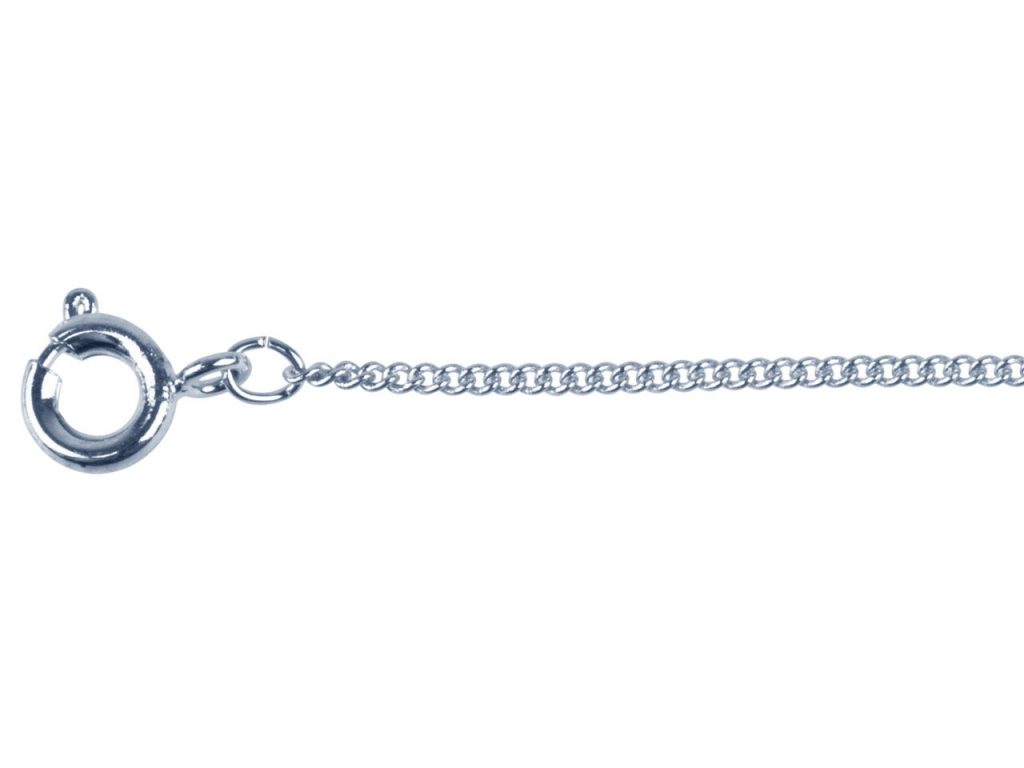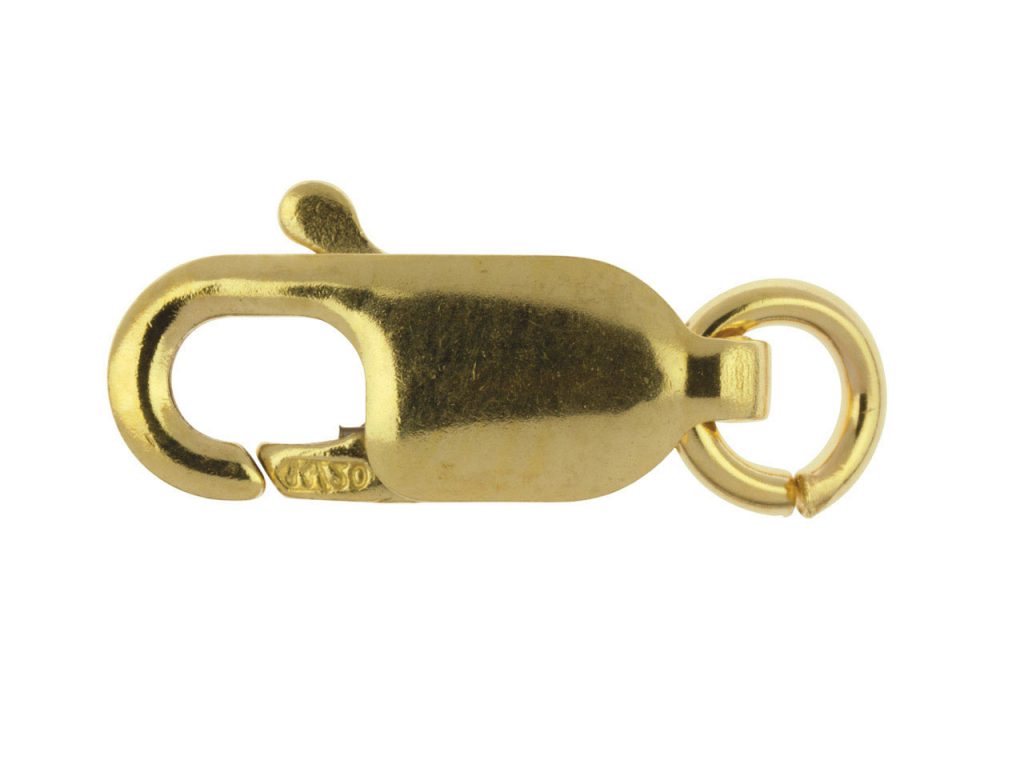With so many types of jewellery materials available, we thought we would go back to basics and examine some of the different types of metal used to make jewellery today, from metal alloys to gold filled metal. But what is gold filled metal? And what is a metal alloy? We’ll help you get to grips with the basics so that you can get started on your jewellery making journey. You can also discover the answers to questions like “what are precious metals?” and “what is hallmarking?” in our guide.

To begin with, what are precious metals? Let’s look at some of the generic terms you might come across when dealing with the different types of jewellery metals:
What are precious metals?
A precious metal is a naturally occurring metallic element, which is rare and therefore highly prized and valued. Gold, silver, platinum and palladium are all different of types of precious metals.
What is a metal alloy?
Precious metal in its pure form is often difficult to work with, so it is mixed (alloyed) with other metals to enhance its strength and workability when making jewellery, among other things.

What is hallmarking?
As a budding jewellery maker, you might see this term thrown around a lot. But what is hallmarking? To be sold as such, all gold, silver, platinum and palladium products above a specified weight have to be independently tested (assayed) and hallmarked. This procedure is a guarantee for consumers, so they can be sure of what they are buying as it is impossible to tell simply by eye.
The minimum weight thresholds for hallmarking are as follows:
- Gold: 1g
- Silver: 7.78g
- Platinum: 0.5g
- Palladium: 1g
It is also important to remember that a hallmark is a legal requirement, and so must be adhered to where necessary.
Want to learn more about hallmarking? Get started by reading our guide to hallmarking to discover how hallmarking began you can also take a look at our brief history of hallmarking.
What is metal plating?
Plated metal has a thin coating of a secondary, and often more expensive, material which covers it completely. But what is metal plating used for?
It is often done to improve tarnish resistance and/or make something appear more expensive than it actually is. Common examples are gold plated silver (sometimes known as vermeil if the plating depth is around 2.5 microns) and rhodium plated silver. Base metal findings and chain are popular jewellery making components which can be formed from plated metal.

Silver Plated Chain
Plating depths vary and some are much thinner than others, meaning pieces will be more prone to wear and tear (standard plating is usually between 0.5 – 1 micron, and heavy plating between 2.5 – 5 microns). This means that most plated items will need to be refreshed and re-plated on a regular basis to keep them looking their best. It is worth noting that plated metal items can only be hallmarked with the mark for the lower grade of metal used, as the plated coating has no bearing on the value and cannot be stamped.
What is metallic bonding?
Are you after the look and feel of gold at a reduced cost? This is one of the most common types of metal used by many jewellery makers, but what is metallic bonding? Bonded metal is a grey area in terms of description, and should ideally contain two elements that are fused together to make one piece. However, many bonded items have been gold plated, although sometimes to a greater depth than standard plating – which makes them less prone to wear and tear. However, it is worth noting again that bonded metal items have to be clearly hallmarked and can only be stamped with the lower grade of metal used – meaning a gold/silver bonded item would have to be hallmarked as silver.
What is gold filled metal?
Also known as ‘rolled gold’, gold filled metals are constructed using a layer of gold which is wrapped and bonded (via heat) around a second metal (either silver or base metal).

Gold Filled Lobster Clasp
This gold layer, although thin, is much harder wearing and substantial than any gold plating and can be hallmarked as such. Beaded wire and chain are just some of the jewellery making components that are available that can be made from gold for jewellery making.
And there you have it – the most common types of metal in jewellery making. It is vital that you know exactly what you are buying when purchasing different types of precious metals, as mistakes can be costly and lead to items being sold illegally – so make sure you research your products before committing and you won’t go far wrong. Discover the different types of jewellery metals available at Cooksongold in our vast range of bullion.
If you’re still struggling to figure out which are the best types of jewellery metals are for your projects, contact our experts online.

Cooksongold
